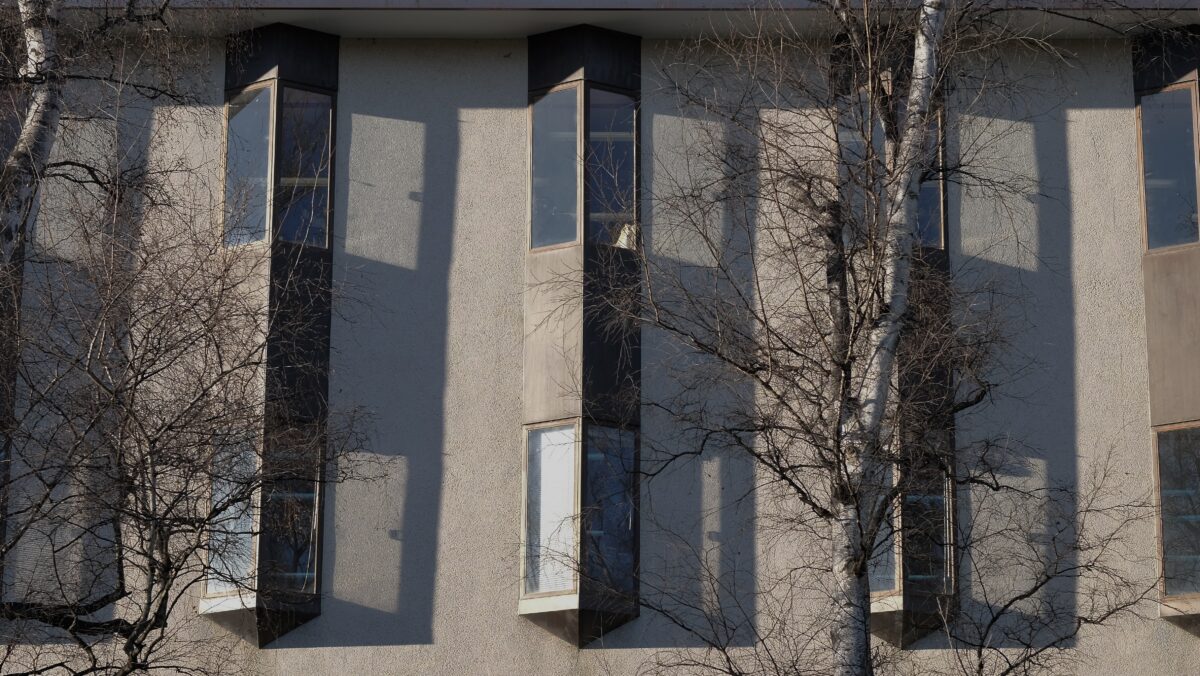Earlier this year, the ANU introduced a new harmful behaviours disclosure tool for reports of sexual assault and sexual harrassment (SASH), racism, ableism, harassment and discrimination incidents for all members of the ANU community.
Previously, only incidents of SASH could be disclosed on a pre-existing Sexual Misconduct Disclosure Form, launched online by ANU’s Student Safety and Wellbeing (SSW) team in 2020.
The new tool now allows for disclosure of harmful behaviours including SASH, which came after the ANU recognised “that other harmful behaviours also require a trauma-informed and person-centred response.” It will also include ANU staff, who upon disclosure will then be assisted by the Staff Respect team.
Women’s Department officer Lara Johnson (she/her) told Woroni the new tool has its merits since the new form “intends to centralise information to make referring students and connecting them into additional ANU services smoother.”
Speaking specifically with regards to incidents of SASH, she states, “the tool handles the topic of SASH through a trauma informed lens as much as possible. The information and resources throughout the tool are able to prompt students to reach out to emergency services.”
Nonetheless, she says, “It is the linking of the support networks available throughout the ANU to the students and ensuring that they feel supported throughout the process that is the primary success or non-successful measure for the new disclosure tool.” This is especially so as “there is a lack of institutional trust towards the ANU over their handling of SASH” thus far.
Students who make a disclosure will be assisted by SSW case managers who will guide them through support networks. An ANU spokesperson explained, disclosures are then “responded to within 48 hours with the purpose of checking on the safety and wellbeing of the person, providing information on support and pathways for formal escalation.”
The University maintains that SSW case managers are recruited with “backgrounds in social work, counselling, human services and with demonstrated skills and understanding of supporting diverse students, including culturally diverse students,” in line with the former Anti-Racism Taskforce’s recommendations.
The spokesperson stated that the establishment of the tool was a result of “feedback with students and staff”, including past and present ANUSA executives and the Anti-Racism Taskforce. They also stressed that the disclosure tool is not a complaint mechanism but rather a pathway to let the University know of harm experienced directly or indirectly.
When Woroni reached out to the officers of ANUSA’s autonomous departments, most confirmed that they had been consulted by the University prior to the release of the disclosure tool.
Bla(c)k, Indigenous, People of Colour (BIPOC) Department officer Selena Wania (she/her) asserts that the tool’s implementation is a “good step forward towards informally reporting and disclosing harmful behaviours.”
She cites that previously, students only had the option to either make an informal report with the Dean of Students (DoS) or a formal report with the Registrar’s Office, both of which were “quite intimidating (sic) and have no mental support throughout.”
She explains the new tool will connect BIPOC and other students with mental health support through the SSW support system. However, Wania maintains, “only time will tell”, the effectiveness of the tool.
The Disabilities Students Association (DSA) Officer Griffin Wright (they/he) confirms that the Department was asked for feedback, however it had been, “done at the same time as it was being rolled out for the students.”
Wright explained that the tool has not been publicised broadly enough, however if done so “[the tool] has scope to take pressure away from department officers in the providing of support to traumatised students.”
While they posit that the tool’s implementation is a good step forward for the ANU, they shared concerns, that students “may not feel comfortable being forced to compare their own trauma to the trauma of SASH,” given, “[the] cultural understandings and lived realities of SASH are different from oppression and discrimination.”
All students and staff at ANU can make an online disclosure on behalf of themselves or others. Individuals must choose either an identified or de-identified pathway:



If you or anyone you know is affected by the content of this piece, please contact one of the support services below:
ANU BIPOC Department
sa.bipoc@anu.edu.au
ANU Indigenous Department
sa.indigenous@anu.edu.au
ANU Counselling
(02) 6125 2442
1800 RESPECT
1800 737 732
ANU Women’s Department
sa.womens@anu.edu.au
ANU Queer* Department
sa.queer@anu.edu.au
ANU Respectful Relationships Unit
respect@anu.edu.au
We acknowledge the Ngunnawal and Ngambri people, who are the Traditional Custodians of the land on which Woroni, Woroni Radio and Woroni TV are created, edited, published, printed and distributed. We pay our respects to Elders past and present. We acknowledge that the name Woroni was taken from the Wadi Wadi Nation without permission, and we are striving to do better for future reconciliation.
